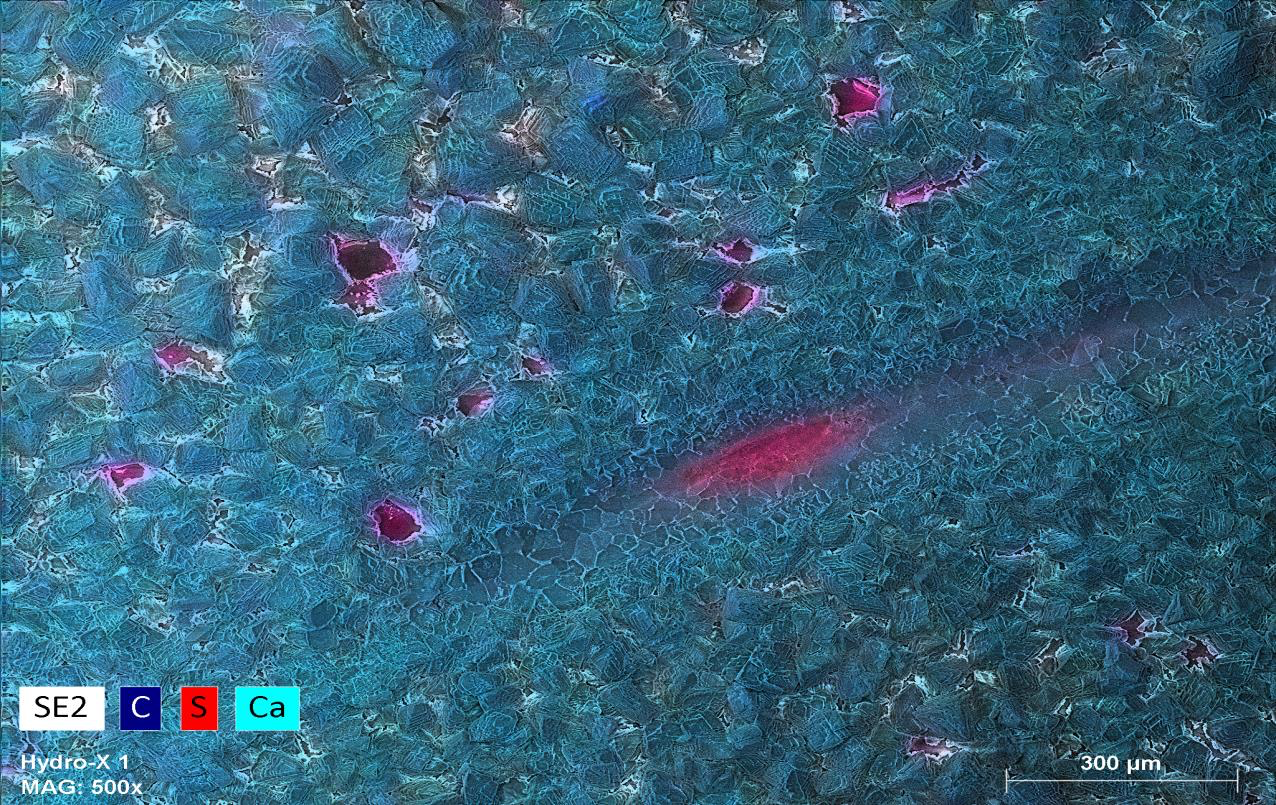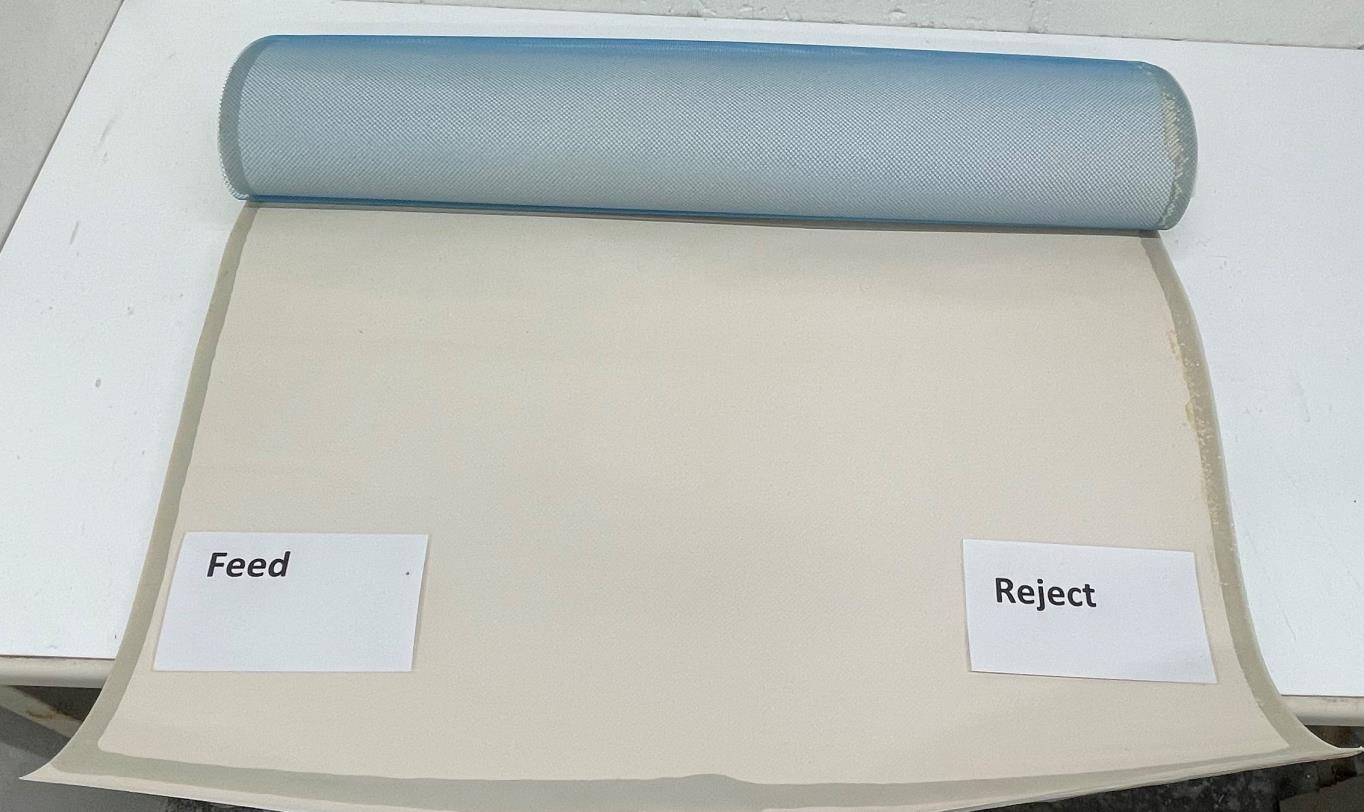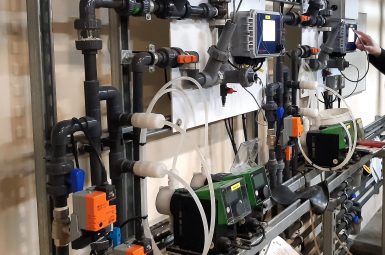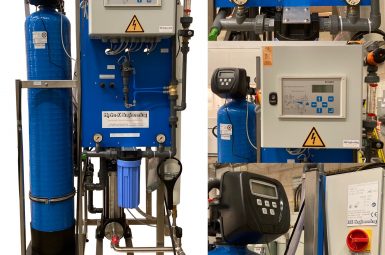Optimising Water Filtration and Quality for Beverage Producer
Our customer is a large beverage producer for the UK. The facility was having issues with the borehole water quality produced by the Reverse Osmosis (RO) membranes. Hydro-X Engineering (HXE) was brought on to investigate the issue. Our customer depends on the RO to deliver water that is within specification as this will impact the taste and quality of the finished product.
- Customer has issues with the quality of the water produced by RO units.
- HXE was consulted to investigate and deliver a maintenance procedure for the RO units.
- HXE identified the root cause of the problem as feedwater quality.
- HXE implemented a Clean in Place (CIP) and routine water quality analysis procedure to prolong the life of the RO.
Context
At a large beverage production facility in Northumberland, the water requirements for the manufacturing process are met by borehole water that is filtered using Reverse Osmosis (RO). RO membranes are a comprehensive method of filtrating most of the contaminants and reducing the Total Dissolved Solids (TDS) levels down to minute levels. The RO units at this site were producing significantly less flow rate than the design specifications. At a site where water is the most vital ingredient, the reduced flow rate was a cause for concern as the production would be affected. Hydro-x Engineering (HXE) was consulted to determine the cause of the issue and deploy a suitable solution. HXE opted to conduct a thorough investigation by analysing feedwater and the membranes themselves.
Solution
One of the RO units displayed signs of severe degradation, making it an ideal candidate for a membrane autopsy. Initially, the membrane underwent a vacuum hold test which revealed leakage in the membrane. The RO membranes were then extracted from its enclosure for further examination which revealed heavy scale deposited on the membranes and some biological growth, a clear sign that feedwater quality is below required standards. A CIP procedure was then conducted which included a pre-flush, High pH clean with 2% w/v solution, post clean flush, Low pH clean and a final post flush clean. Each of the flushing is carried out with untreated permeate. Cleaning solutions are circulated at a low flowrate and close to the membrane temperature limit at first for a thorough soak, the flowrate is then slowly ramped up to 9-10 m³/h. The cleaning solution is monitored every 30 minutes and if there are significant changes in colour or pH then the solution should be replaced for maximum cleaning effect. The correct CIP procedure also ensures the right dosage of Anti-Scalant chemicals is used and the membranes are flushed with feedwater/permeate to remove scale and contaminants on the membrane. The use of biocide was also recommended to prevent any biological growth.
Value
The RO health analysis has led to a more robust maintenance procedure. This will prevent any further degradation of the RO membranes, which are expensive to replace. The improper maintenance of RO membranes can also incur additional costs from production downtime and prevent the product from passing quality control. The RO autopsy and the new CIP procedure have given the customer the information needed to proactively act in maintaining the RO membranes, leading to a more reliable and consistent RO permeate.
Discuss your project with one of the Hydro-X Engineering team today.










